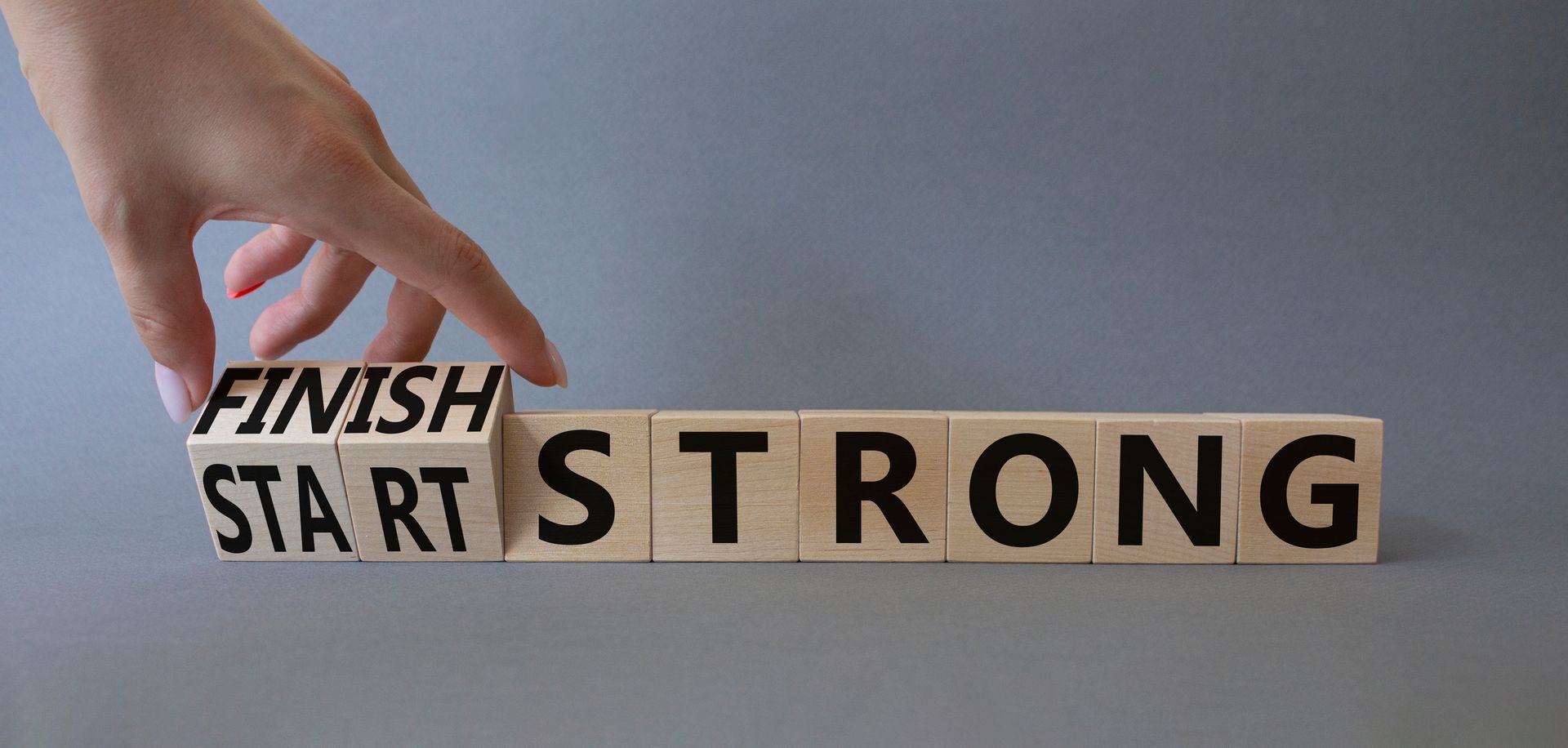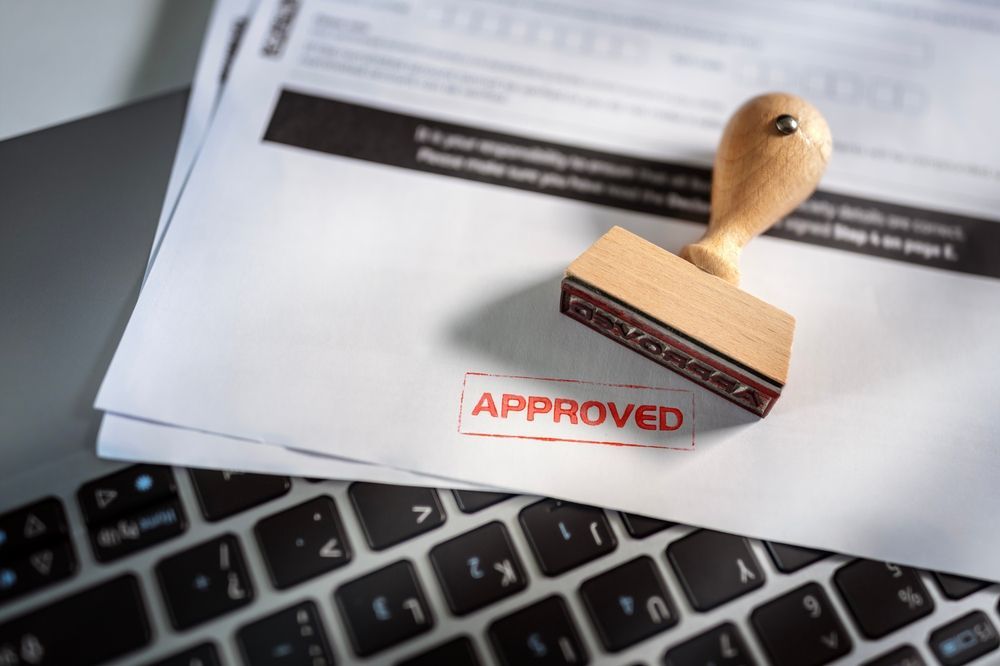Smarter documentation. More face time. Fewer late nights with your EHR.
If you’re in healthcare, you know the pain: documentation is eating up your time, draining your team, and turning what used to be a calling into a paper chase. But what if your clinical notes could write themselves—without sounding like they were composed by a robot trying to get into med school?
Welcome to the world of ambient listening.
What Is Ambient Listening?
Ambient listening is an AI-powered solution that captures your patient encounters—securely and passively—then turns them into clean, structured, and human-sounding clinical documentation. It’s like having a silent, invisible scribe who actually understands context, doesn’t interrupt, and never takes a sick day.
Ambient tools work in the background while you stay fully present. No more turning away from your patient to type. No more “I'll finish these notes after dinner.”
And yes, it’s HIPAA-compliant.
Smarter Notes That Still Sound Like You
Gone are the days when voice-to-text tools produced awkward, bloated paragraphs filled with clinical buzzwords. Today’s ambient listening systems are powered by context-aware AI that understands clinical workflows and medical language—making the final note accurate and natural-sounding.
Recent data proves it:
- A 2023 NPJ Digital Medicine study found ambient listening tools reduced note revisions by 67% and improved provider satisfaction (Lee et al., 2023).
- KLAS Research reported that providers using ambient AI tools made 70% more patient eye contact—and that means higher satisfaction scores across the board.
The result? Notes that feel like they were written by a clinician, not a cyborg.
The Real ROI: Time, Money, and Sanity
Let’s not sugarcoat it—documentation costs time and money. Ambient listening helps you reclaim both.
✅ Up to
2 hours saved daily per provider (Deloitte Health Tech Insights, 2023)
✅
30% reduction in transcription or scribe costs
✅ More availability to see additional patients
✅ Better provider retention and lower burnout
When documentation becomes effortless, efficiency skyrockets—and the ripple effects reach every corner of the practice.
Try It Free for 90 Days
Here’s where Sunrise Services comes in.
We’re offering a free 90-day trial of our ambient listening tool, Suki, for Azalea Health EHR clients who sign up before April 30, 2025. That’s three months of time saved, stress reduced, and documentation transformed—no strings attached.
Ready to see how ambient listening can work for your practice?
Let’s talk. We’ll show you how it integrates seamlessly with your EHR and why it’s the best assistant you’ve never had to hire.
📞 Contact us | 📧 sales@sunriseservices.com | 🌐 www.sunriseservices.com





Share On: